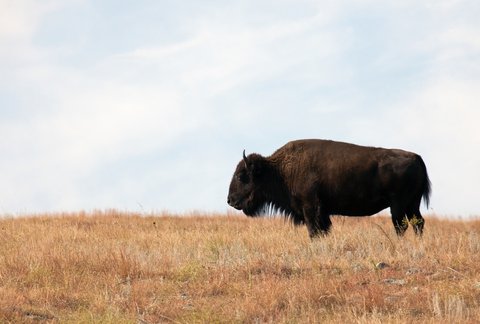We’ve all admired many wonderful pictures of wildlife shot by professional photographers. These experts know wildlife havens and habitats where they can get in range of critters to capture their images on film. Most rely on public lands – places like state parks, wildlife refuges, and open trails to provide the backdrop for their work. Here are some of their favorite places where the wild things live.
7 Places to Spot Wildlife
-
Custer State Park, South Dakota

Just south of Rapid City on the eastern edge of the Black Hills, Custer State Park is a study in varied terrain, from rugged pine-covered hills to rolling prairies. Bison, elk, whitetail and mule deer, pronghorn and bighorn sheep and a variety of smaller animals from raptors to songbirds call the park home. The hoofed animals are often found near the road that loops through the park's interior, and June is prime time to see the newborns trotting with their mothers through grassy meadows. During early fall, it's mating season and another good opportunity to photograph - from a distance for safety's sake.
-
Mount Evans, Colorado
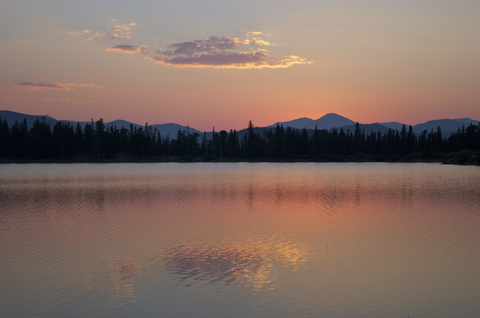
Just a short distance from Interstate 70 west of Denver, the 14,264 foot summit of Mount Evans rises above the prairie. Follow the road to the top to get a glimpse of the mountain goats that prefer the summit area, or to photograph bighorn sheep that can easily be spotted near the road. If you look closely, you'll also see an interesting variety of smaller animals: pika and chipmunks, yellowbelly marmots, and many migratory alpine birds. The road is open from Memorial Day to Labor Day.
-
Squaw Creek National Wildlife Refuge, Missouri

About 90 miles north of Kansas City, the Squaw Creek National Wildlife Refuge refuge hosts a variety of waterfowl and birds that are easily observed from inside your vehicle. The show is best in late November when up to 400,000 snow geese and thousands of ducks are in residence. It's also common to see bald eagles roosting in trees lining the 10-mile auto route winding through the refuge. Among the thousands of birds nesting here, you'll spot scarlet tanagers, cedar waxwings, and rose-breasted grosbeaks.
-
Glacier National Park, Montana
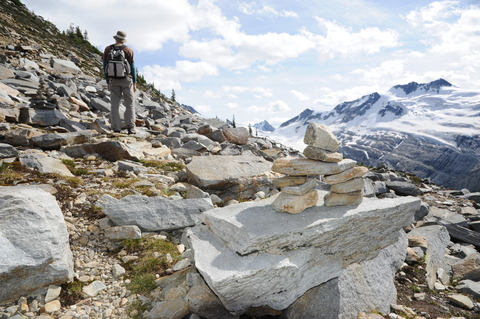
In the iconic Glacier National Park, it's normal to see a variety of wildlife from bighorn sheep, mule deer and elk, mountain goats, and even grizzly bears, but it's one of the few places to see wolverine who have a favorite spot near the Visitor's Center at the summit of Logan Pass. Professional wildlife photographers recommend September as the ideal time to observe the wildlife, since fewer visitors are in the park and the animals are busy preparing for winter. Watch for sheep and goats, but also stay on the lookout for the smaller creatures: ground squirrels, marmots, and white-tailed ptarmigan.
-
Everglades National Park, Florida
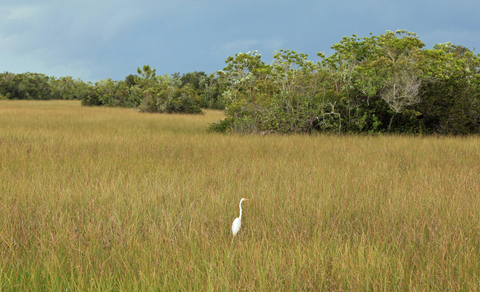
Boardwalks provide some measure of safety and a place from which to observe the bewildering array of birds and reptiles that call this park home. Among the sights at Everglades National Park: snowy white egrets and gnome-like green herons, and the anhinga - a diving bird that spears fish on its bill. The birds share the park with many snakes and alligators, as well as a variety of unusual insects, brightly-colored grasshoppers, and swarms of butterflies.
-
Manti-La Sal National Forest, Utah
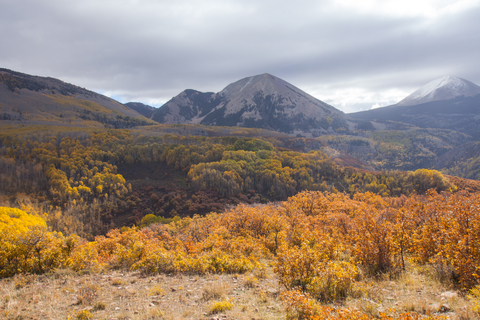
Classic southwestern geological features mark the Brumley Creek area in this national forest: jumbles of colorful rocks and cliffs spotted with gnarly junipers and wide-open vistas. It's an ideal home for many interesting species of reptiles, especially lizards. It's one place where you can see varieties: collared, northern side-splotched, and short-horned lizards. Getting their picture requires a hike along rocks and a slow, careful approach. But watch your step! The area is also home to rattlesnakes. Manti-La Sal is just a few miles south of Moab, Utah.
-
Shenandoah National Park, Virginia
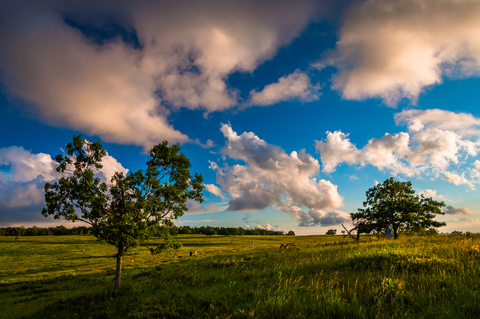
Our nation's most abundant big game species is the white-tailed deer, an animal that can be seen year-round in Shenandoah National Park just 75 miles west of Washington, D.C. The prime month for photographers is June, when it's common to see the new spotted fawn. Beautiful fall colors into early November make a nice backdrop for photographing the antlered buck sparring for dominance during mating season. Keep an eye out for black bear, as well as cute miniature birds like nuthatches and chickadees.
